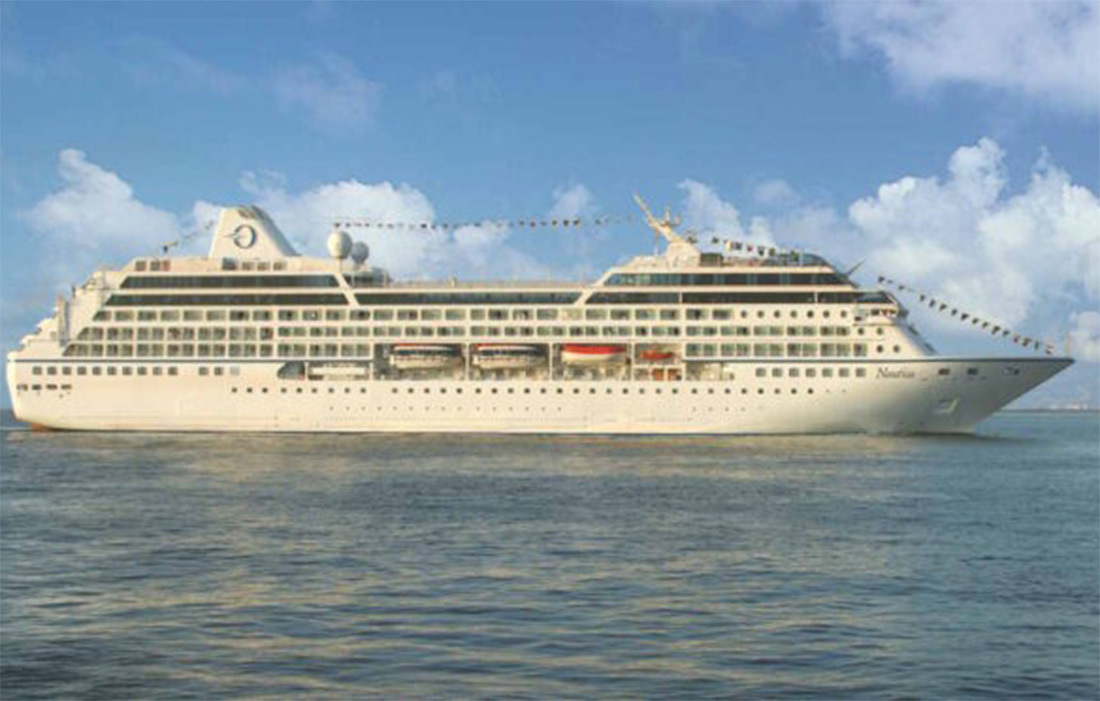City life: What's new and hot in Berlin
Before I first ventured to Berlin, I was warned that I’d either love it or hate it. It was described as a Marmite city to me multiple times, and the mixed feedback left me unsure whether I’d enjoy my time in the German capital. But within hours of arriving in this pulsating place, I was wondering why it had taken me so long to visit. From the vast number of parks and green spaces to the dynamic scene for creatives, Berlin surprised me on so many fronts. With a growing luxury hotel landscape, a bounty of cultural sites, epic cuisine and a nightlife scene that you’ll rave about, it’s not hard to see why Berlin is often described as one of the trendiest hotspots in Europe.
Why sell it
Berlin has a tumultuous and well documented past, but that’s not something it shies away from; in fact, the city is full of sites and memorials that seek to educate people about its history – encapsulating both the good and the bad. Significant bombing during the Second World War means this is a very modern city, but many historic buildings still shine brightly among the new architecture and, in fact, it’s this blend of old and new that makes Berlin so appealing for short breaks.
It attracts a wide range of travellers – it’s perfect for clients wanting a historical, culture-filled trip, those seeking a foodie adventure or anyone wanting a hedonistic weekend of hardcore partying. Creative minds will also feel at home here as Berlin celebrates artistry.
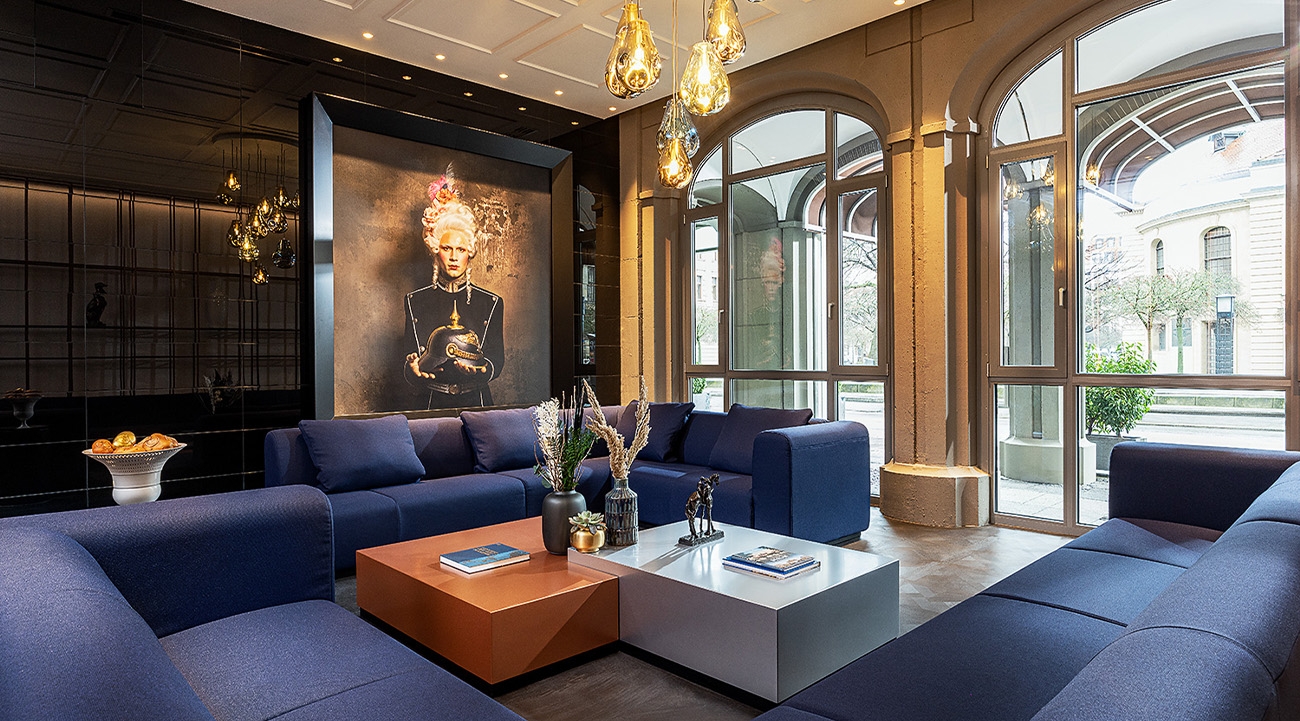
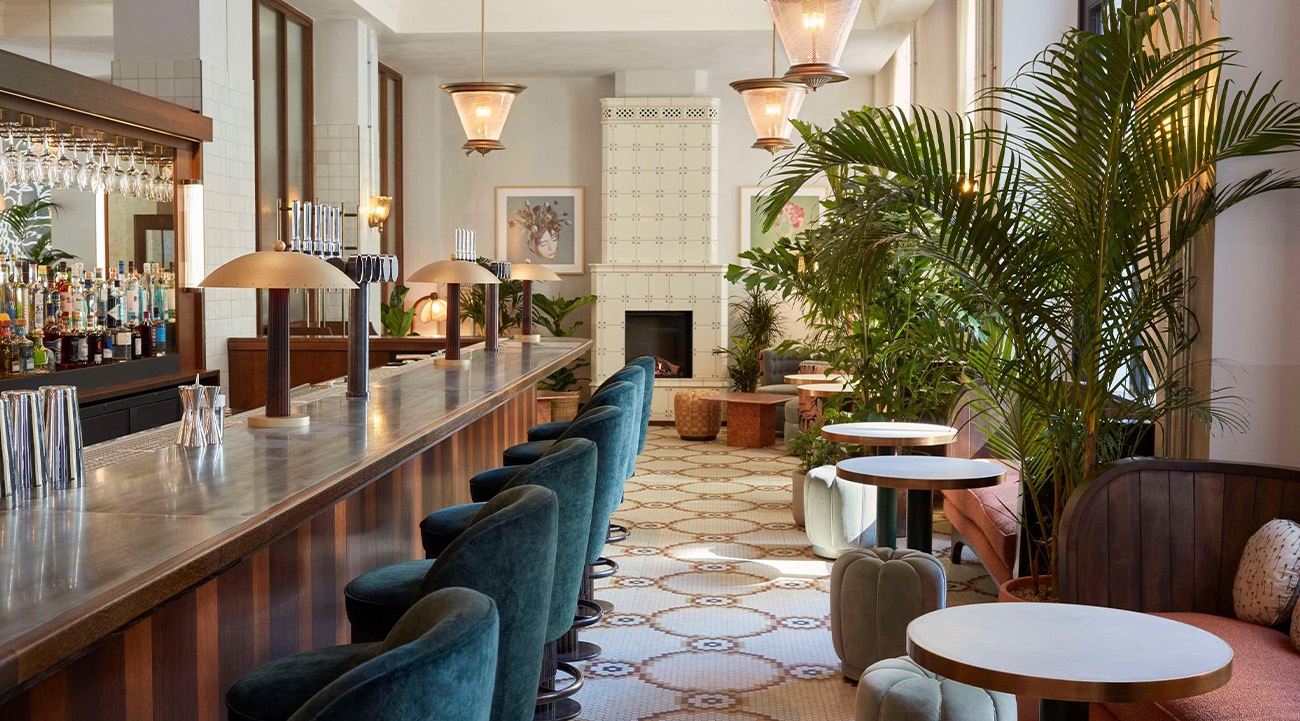

What’s new
Stats from Visit Berlin show that the hotel market shrank by 10% during the pandemic. At the end of 2019 the city boasted 787 hotels, but by early 2022 this had dropped to 695. However, by May 2023, the sector had rebounded with 732 accommodation venues. New options include The Hoxton, JW Marriott Hotel Berlin and Sly Berlin, the last of which is a member of Preferred Hotels & Resorts.
Germany will attract a lot of attention and visitors next year as host of Euro 2024, with the football tournament’s final to be held in Berlin. Next year also marks 35 years since the historic fall of the Berlin Wall, with ceremonial events, exhibitions, guided tours and interactive activities set to mark the occasion in November. On the culture side, the Pergamon Museum closed in October for extensive renovation works which won’t be fully finished until 2037. In the interim, a temporary exhibition, called Pergamon Museum – The Panorama, has been created.
When to go
The summer season is a glorious time to visit Berlin, but it can be heaving with tourists. Visiting in June or September is ideal, with smaller crowds and pleasant temperatures. The city pulls in tourists in their droves during Oktoberfest, and if a stein of beer (or several) and a plate of currywurst is what your client is seeking, it’ll be the perfect experience. Christmas is also incredibly popular, with the city’s squares and streets hosting an array of twinkling markets.
Where to stay
There’s a smattering of high-end hotels in Berlin. The Ritz-Carlton, Rocco Forte’s Hotel de Rome and Hotel Aldon Kempinski are among the best brand hotels. Autograph Collection’s Hotel Luc is a charming property, where breakfast is served until 3pm! There’s also a relatively new Soho House property that can be booked through Mr & Mrs Smith. On the boutique front, 44-room Sir Savigny, located in the upmarket neighbourhood of Charlottenburg, and 36-room Gorki Apartments lead the charge. The latter has two penthouses which are seriously impressive, both with access to a private rooftop space.
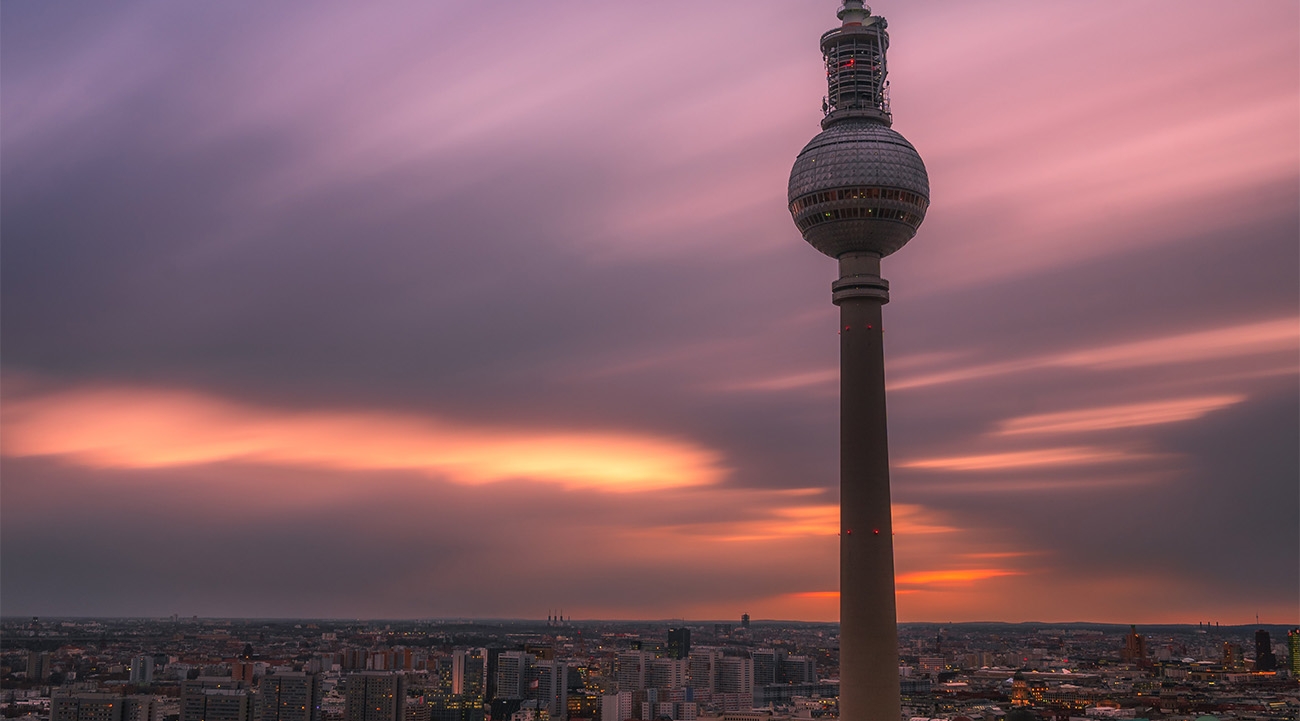
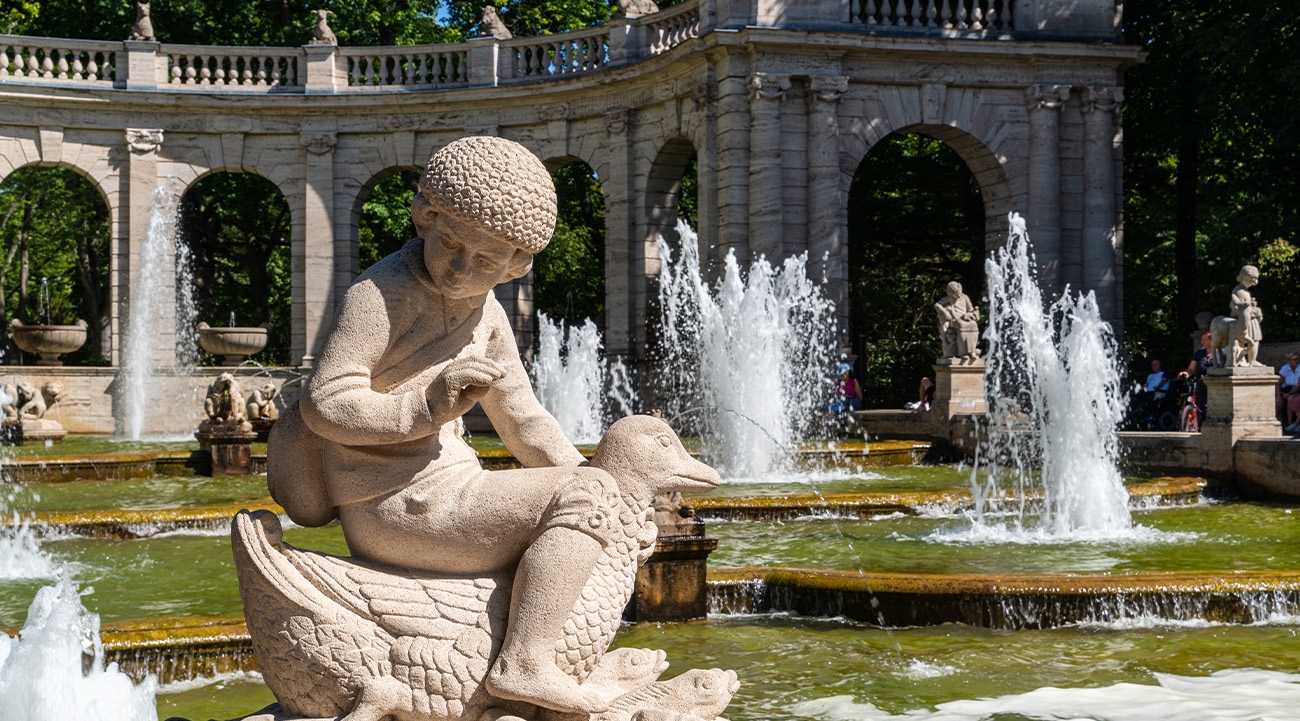
What to do
Berlin is best explored on two wheels and many hotels offer old-school and electric bikes for guests to use. Advise clients to take advantage of the city’s extensive cycle routes, which make it easy to navigate between sites. I recommend clients cycle through Tiergarten, stopping at Café am Neuen See. This cute cafe and beer garden is located by a rowing lake under towering trees and is the perfect spot for a pint of the good stuff (which for me is a Radler or a shandy). This green city is full of lush gardens, with the former Tempelhof airport now another park well worth exploring.
Museum Island (also known as Spreeinsel) is a must. Set on the Spree River, this Unesco World Heritage Site is home to five of Berlin’s 180-plus museums. Neues Museum is a real highlight, with the 3,000-year-old bust of Nefertiti at the heart of an impressive Egyptian artefact collection. Visits to the DDR Museum and Stasi Museum will give visitors a view of the Germany of days gone by.
Famed for its outrageous nightlife, visitors to Berlin come with high expectations. Berghain is arguably one of Europe’s most famous venues, perhaps in part due to its notoriously strict door policy which makes it near impossible to get in. Nightclubs line the banks of the Spree, with raves and parties dotted throughout the city.
What to see
Berlin’s 12 unique districts abound with landmarks. Historical sites linked to the world wars, the Cold war and a divided Berlin can be found on most corners. First-timers will want to see the Reichstag Building, Checkpoint Charlie, the Memorial to the Murdered Jews of Europe and The Empty Library at Bebelplatz, a site where Nazis burned hundreds of books.
Head to the East Side Gallery to see the remaining 1,300 metres of the Berlin Wall. Now standing in celebration of freedom rather than segregation, the wall is covered in inspirational artwork and messages. Also high on the sightseeing list will be Brandenburg Gate, near Tiergaten. Berlin Cathedral – also known as the Berliner Dom – is my favourite building in the city and its grand façade sits in stark contrast to Berliner Fernsehturm (Berlin TV Tower), which is the tallest structure in Germany.
Green spaces
Berlin boasts a surprising number of parks and green spaces. In fact it’s one of Europe’s greenest cities and is home to more parks than any other city on the Continent. Pretty Tiergarten and vast Tempelhofer Feld are the best known of the 2,500-plus public parks and recreational areas, but there are plenty of smaller spaces across Berlin’s diverse neighbourhoods.
There’s no better way to while away the hours on a summer day than in one of the many parks, drinking a cold beer and watching the world go by. Former airfield Tempelhofer Feld attracts bikers and inline skaters who weave along the old runways. If your clients like relaxing ambles, recommend Grunewald Forest in the west of the city. The verdant landscape, spanning more than 3,000 hectares, is punctuated by picturesque lakes.
Volkspark Friedrichshain is Berlin’s oldest park. Here you’ll find the Fairy Tale Fountain (pictured) which features 106 stone sculptures of characters from traditional German fairytales. Built in 1925, it survived the destructive events of the Second World War. The gardens of Charlottenburg Palace are also worth exploring. Once a royal summer residence, the Baroque palace is surrounded by magical, pristine gardens.


